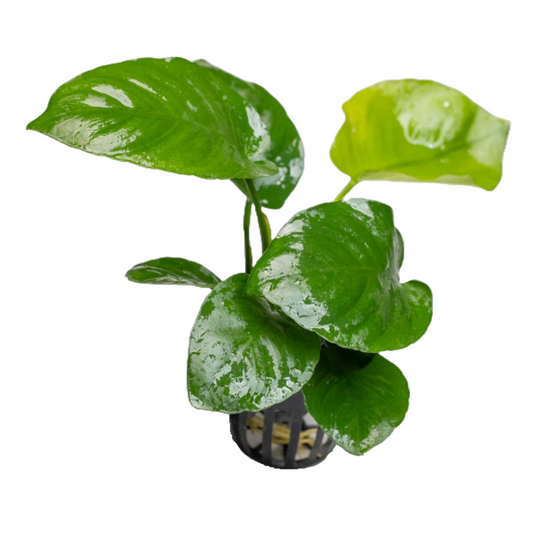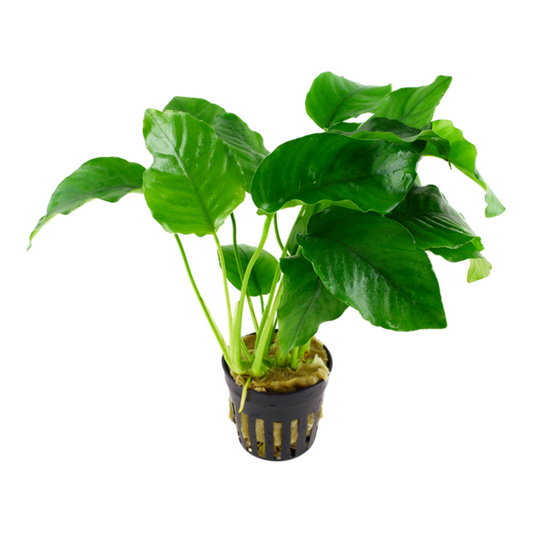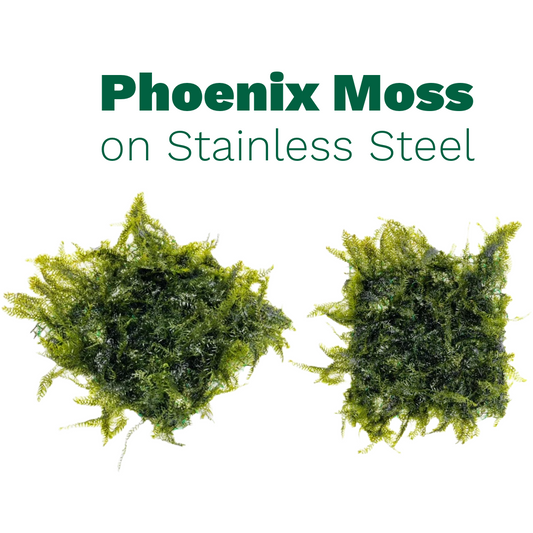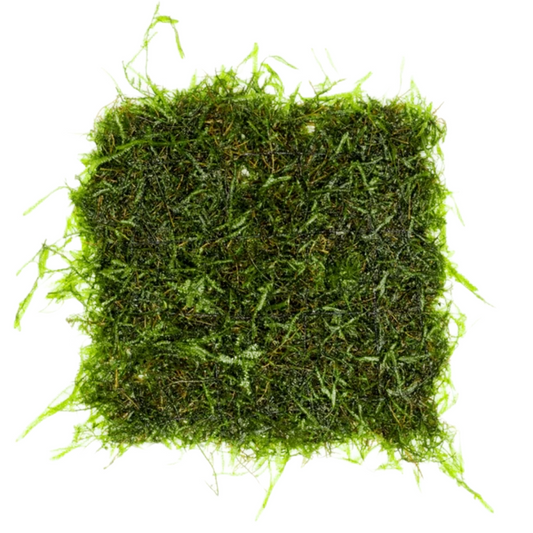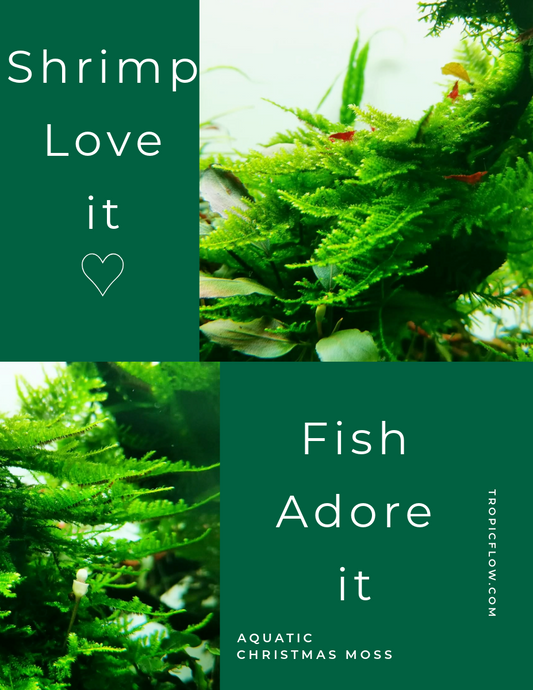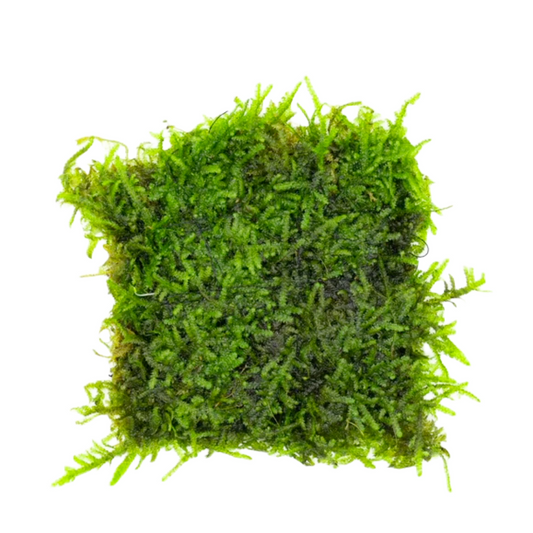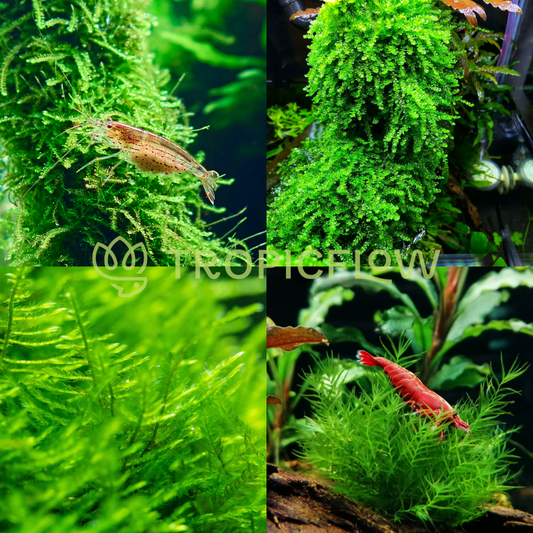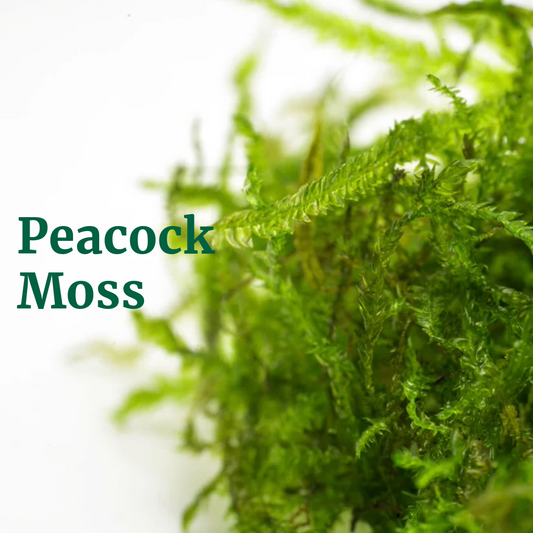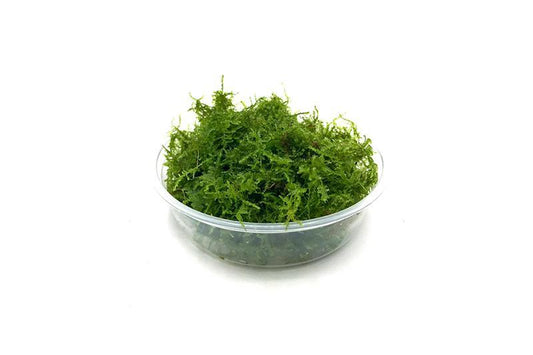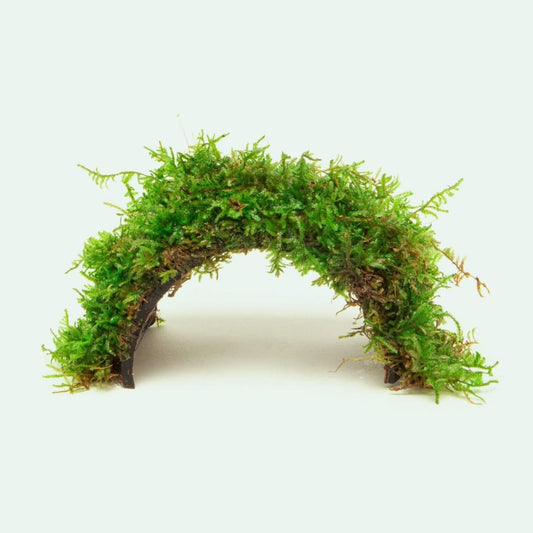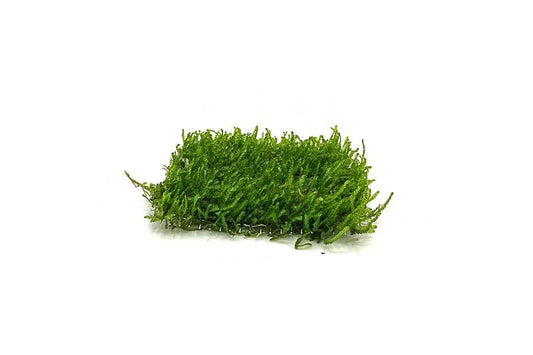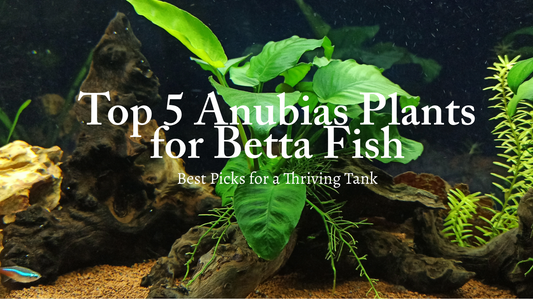Shop by Categories
Aquarium Plant
-
Anubias Barteri Broad Leaf
Vendor:Tropicflow's Aquatic PlantsRegular price $15.99 USDRegular priceUnit price per -
Anubias Barteri
Vendor:Tropicflow's Aquatic PlantsRegular price From $14.99 USDRegular priceUnit price per -

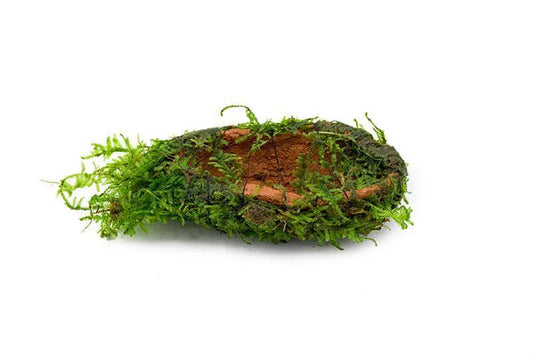 Sold out
Sold outChristmas Moss on Clay
Vendor:Tropicflow's Aquatic PlantsRegular price $9.99 USDRegular priceUnit price per -

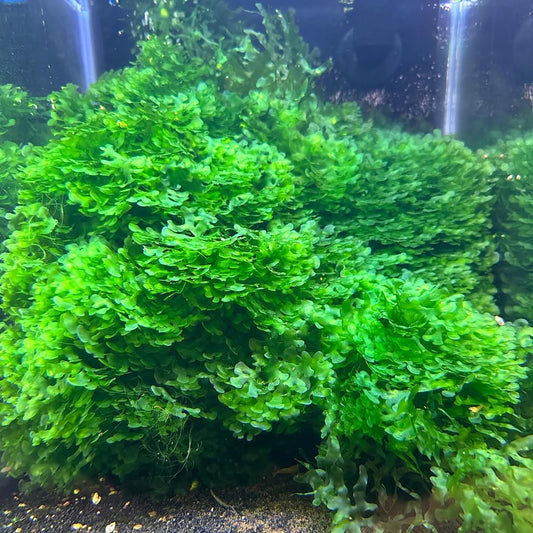 Sold out
Sold outSubwassertang Moss
Vendor:Tropicflow's Aquatic PlantsRegular price From $9.99 USDRegular priceUnit price per -
Phoenix Moss on Stainless Steel
Vendor:Tropicflow's Aquatic PlantsRegular price From $16.99 USDRegular priceUnit price per -

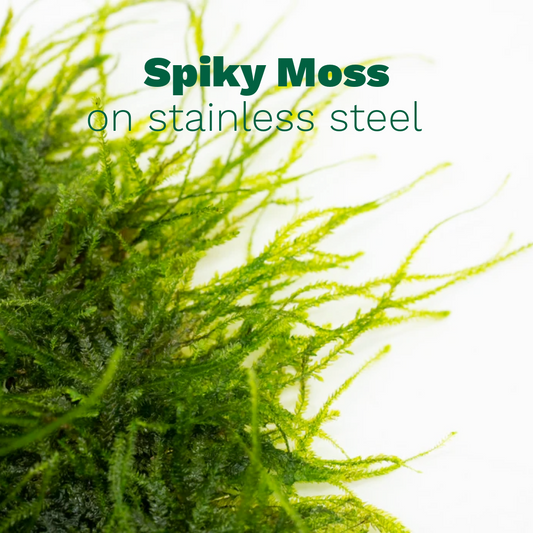 Sold out
Sold outSpiky Moss on Stainless Steel
Vendor:Tropicflow's Aquatic PlantsRegular price From $15.99 USDRegular priceUnit price per -

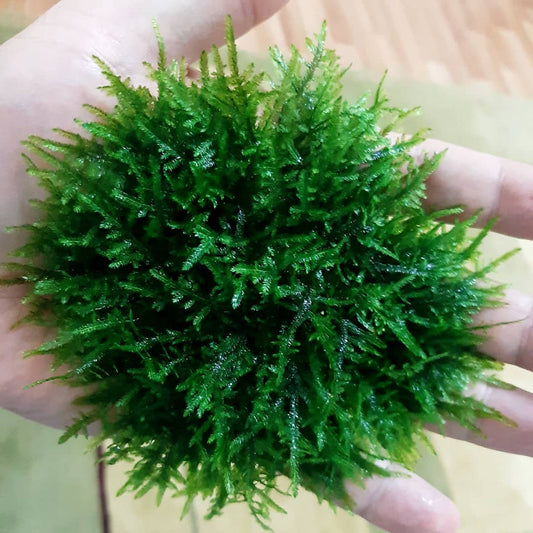 Sold out
Sold outSpiky Moss
Vendor:Tropicflow's Aquatic PlantsRegular price From $9.99 USDRegular priceUnit price per -
Java Moss on Stainless Steel
Vendor:Tropicflow's Aquatic PlantsRegular price From $12.99 USDRegular priceUnit price per -
Mini Christmas Moss on Stainless Steel
Vendor:Tropicflow's Aquatic PlantsRegular price From $14.99 USDRegular priceUnit price per -
Christmas Moss on Stainless Steel
Vendor:Tropicflow's Aquatic PlantsRegular price From $12.99 USDRegular priceUnit price per -
Dream Mosses Pack - Save on Vibrant Aquarium Moss
Vendor:Tropicflow's Aquatic PlantsRegular price From $69.99 USDRegular priceUnit price per -
Peacock Moss
Vendor:Tropicflow's Aquatic PlantsRegular price From $14.99 USDRegular priceUnit price per -
Mini Christmas Moss
Vendor:Tropicflow's Aquatic PlantsRegular price From $7.99 USDRegular priceUnit price per -
Christmas Moss on Coconut Shell Bridge
Vendor:Tropicflow's Aquatic PlantsRegular price From $12.99 USDRegular priceUnit price per -

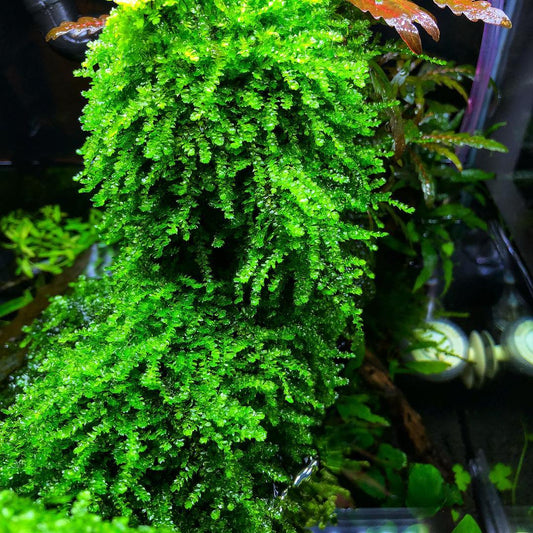 Sold out
Sold outWeeping Moss on Stainless Steel
Vendor:Tropicflow's Aquatic PlantsRegular price From $15.99 USDRegular priceUnit price per -
Flame Moss on Stainless Steel
Vendor:Tropicflow's Aquatic PlantsRegular price From $24.99 USDRegular priceUnit price per
Aquarium Plant FAQs
How to know what plants to use in an aquarium?
Choose aquarium plants based on water conditions, lighting, and fish compatibility. Hardy plants like Anubias, Java Fern, and Amazon Sword thrive in most setups. Consider fast-growing species like Hornwort for natural filtration. Research plant care needs before adding them to your tank.
How to plant aquarium plants?
- Rinse plants to remove debris and pests.
- Trim damaged roots and leaves.
- Plant rooted species like Amazon Sword in the substrate.
- Tie rhizome plants like Anubias to driftwood or rocks.
- Float plants like Duckweed on the water surface.
- Provide proper lighting and fertilization.
Do aquarium plant roots need to be covered?
Yes, rooted aquarium plants need their roots covered with substrate for stability and nutrient absorption. However, plants like Anubias and Java Fern should have their rhizomes exposed to prevent rot.
Do you plant Anubias in an aquarium?
Yes, Anubias can be planted in an aquarium but should not be buried in the substrate. Instead, attach it to rocks or driftwood using thread or glue to prevent the rhizome from rotting.
What to use as a substrate for plants in an aquarium?
Use nutrient-rich substrates like aqua soil, sand, or gravel with root tabs. Aqua soil is best for demanding plants, while sand or gravel can support plants with root fertilizers.
How to clean algae off aquarium plants?
- Gently rub leaves with your fingers or a soft brush.
- Dip plants in a hydrogen peroxide solution (1:20 ratio) for 1–2 minutes.
- Add algae-eating fish or snails to control algae naturally.
- Reduce excess light and nutrients to prevent algae growth.
What do you need for a live plant aquarium?
- Nutrient-rich substrate.
- Aquarium-safe plants.
- Proper lighting (6–10 hours/day).
- Fertilizers (liquid or root tabs).
- CO₂ system (optional for demanding plants).
- Good filtration and water circulation.
Can aquarium plants grow in gravel?
Yes, many aquarium plants can grow in gravel, but root-feeding species need root tabs for nutrients. Plants like Anubias and Java Fern thrive when attached to rocks or driftwood.
Why are my aquarium plants turning brown?
Brown plants may indicate poor lighting, nutrient deficiency, or algae buildup. Increase light exposure, add fertilizers, and clean algae to restore plant health.
What color light is best for aquarium plants?
Full-spectrum white light (6,500K) is best for plant growth, providing the right balance of red and blue wavelengths.
Can aquarium plants grow in sand?
Yes, but sand lacks nutrients. Add root tabs or mix with nutrient-rich substrate for better plant health.
How much light do aquarium plants need?
Most plants need 6–10 hours of light daily. Low-light plants need less, while high-light species require more intensity.










